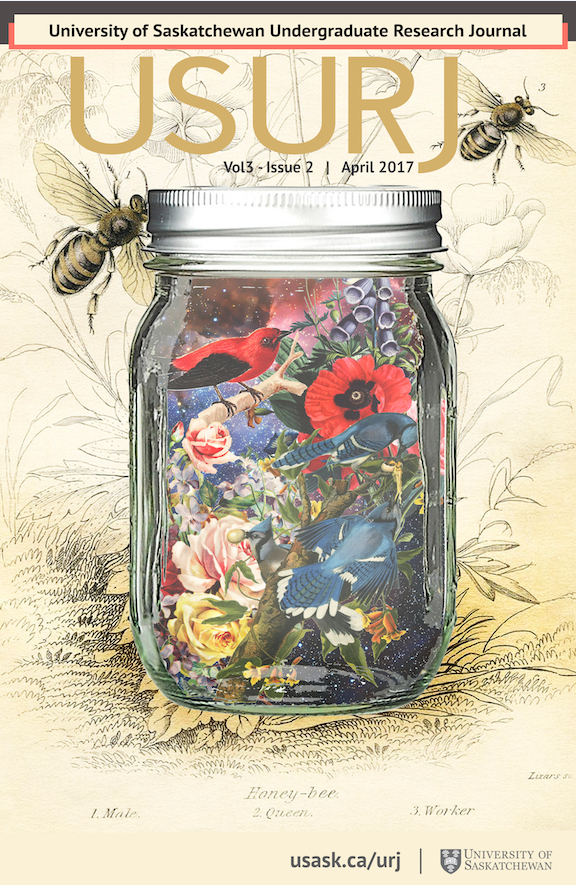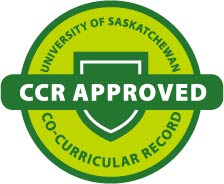Beyond Bones : A review of pre-natal vitamin D levels and allergy development in children
DOI:
https://doi.org/10.32396/usurj.v3i2.273Keywords:
Vitamin D, 25(OH)D, asthma, food allergy, eczemaAbstract
Although the connection between vitamin D, the immune system, and allergies encompass a large area of research, a consensus about the specifics of the vitamin’s role in the developing immune system has yet to be reached. At the same time, prevalence of allergies and hypersensitization has seen a dramatic increase in the last 50 years, especially in developed nations, with very little understanding as to why. Some have connected the so-called allergy pandemic to vitamin D, placing the blame on either the similarly concerning vitamin D deficiency prevalence or the rise in supplementation of the vitamin (and thus, an argued excess). Through conducting a non-exhaustive review of the literature, the aim of this paper was to answer the question: Does prenatal vitamin D insufficiency or exposure result in increased risk of developing an atopic condition, including eczema, asthma, and food allergy sensitization? For food allergies and eczema, there is support for both increased and decreased exposure causing each condition, as well as support for vitamin D having no effect at all. The debate around asthma is more specific and focuses on whether elevated vitamin D has a detrimental effect or not. The current evidence is largely based in observational research and findings are still very inconsistent, but as new intervention studies are conducted, a more definitive answer should eventually emerge.
Downloads
Published
Issue
Section
License
Articles: USURJ’s current Publication Agreements apply a Creative Commons Attribution-NonCommercial License (CC-BY-NC) by default. The CC BY-NC license lets others remix, tweak, and build upon work non-commercially. The author(s) can choose a different CC license, as outlined in https://creativecommons.org/about/cclicenses/. Please see the PDF for each article to determine what license is applied to that article. Author(s) can also request to reserve all copyright (All Rights Reserved). If there is no indication for articles published before September 2020, assume the author retains all rights beyond those necessary for publication by USURJ. All articles published after September 2020 will apply one of the aforementioned CC licenses. See the Publication Agreement under the Submission Preparation Checklist or Author Guidelines for more information. Artwork: All copyright for the original artwork remains with the artist unless they wish to apply a Creative Commons (CC) license to the artwork. Please see the PDF for each artwork to determine what license is applied to that artwork.







